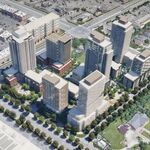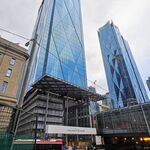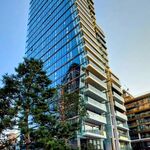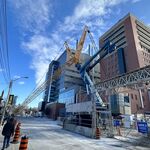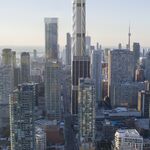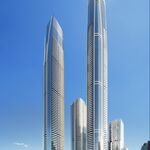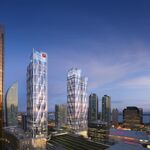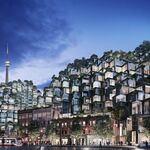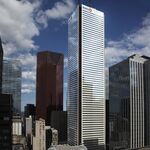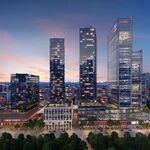With the growth of urbanization, the challenge of maintaining a healthy, sustainable environment has been at the forefront for cities around the world. This week, our 'Explainer' looks at 'Daylighting', a term used by urban planners to address the re-naturalization human-altered landscapes, specifically creeks and rivers. Restoring urban waterways can have a positive impact on the watershed and flood risk, while also adding valuable natural space to dense urban environments. Here in Toronto, for example, daylighting of buried Taddle Creek has through the U of T grounds is an idea that has been kicked around for years, while the naturalization and flood protection of the Don River mouth will create a healthier and more attractive environment, while also opening up valuable land for development. Our sister site, SkyriseCities, has more:
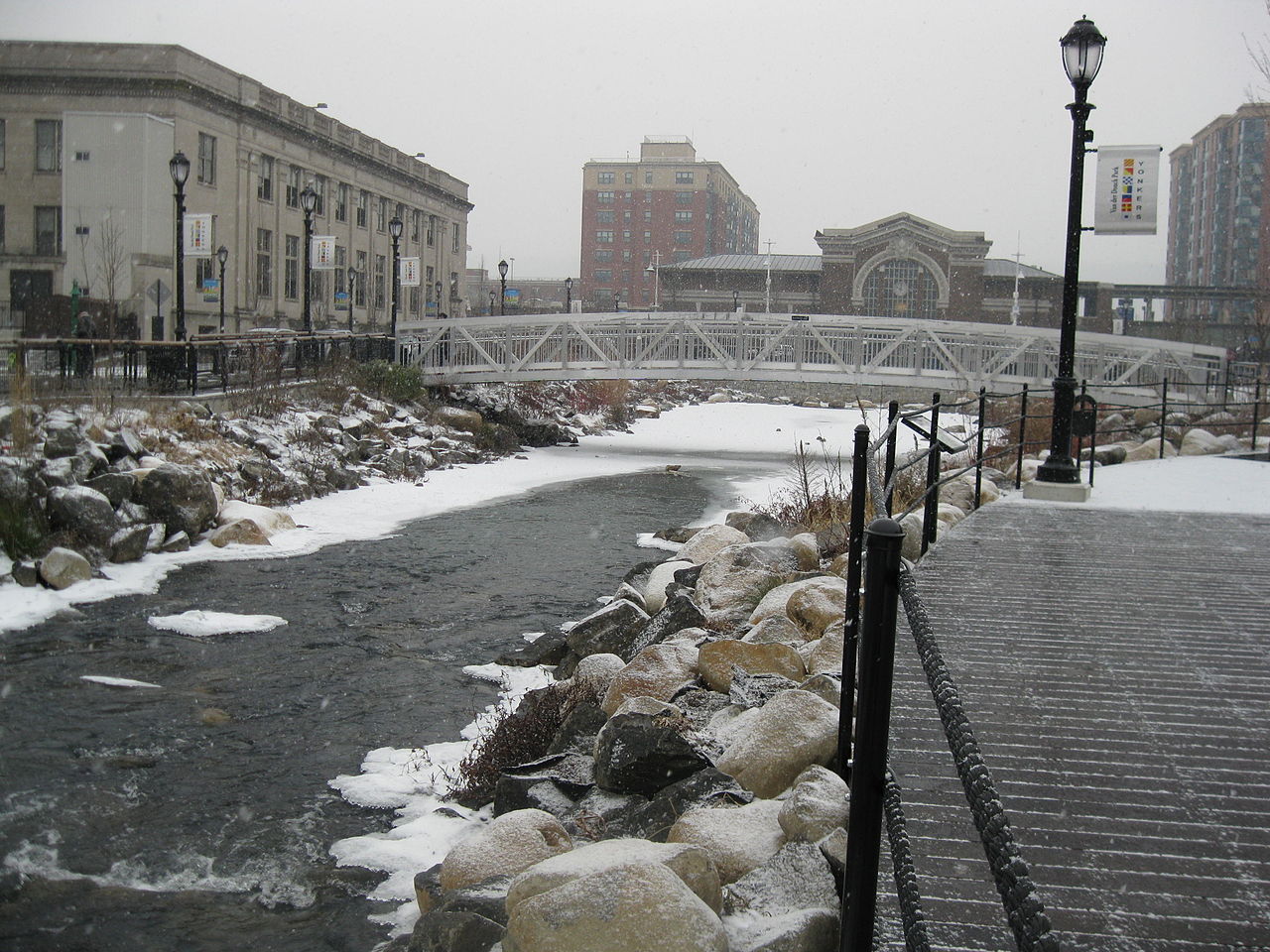 Daylighted Saw Mill River in Yonkers, New York, previously buried under a parking lot, image by HamTech87 via Wikimedia Commons
Daylighted Saw Mill River in Yonkers, New York, previously buried under a parking lot, image by HamTech87 via Wikimedia Commons
The term 'daylighting' has multiple meanings and applications. It's often used to denote the practice of placing windows effectively on a building, allowing the entrance of natural light to maximize internal illumination. It may also refer to the removal of a tunnel's roof to expose the underlying roadway or railway to the sun. But in urban planning, daylighting is the redirection of a stream or creek for the purposes of restoring it to a more natural state.
You can find the rest of the story on our sister site, SkyriseCities.com.

 1.6K
1.6K 












